New perk! Get after it with local recommendations just for you. Discover nearby events, routes out your door, and hidden gems when you sign up for the Local Running Drop.
It’s that time of year when it can be hot when you run, no matter how early you get out the door. Remember, it can be hazardous to your health to hit the streets when the mercury starts heading north of 90 degrees on the thermometer.
Don’t let the scorching summer sun deter you from trying to maintain your mileage, however. Overbearing heat and humidity are far from ideal training conditions, but they’re not impossible obstacles to overcome if you take the proper precautions. Employ these six strategies to ensure that you run safely under the sun for the remainder of the summer.
1. Get Out Early, Or Go Late
If you like to run on your lunch break, it’s worth your while to shift your schedule around when summer rolls around. The sun is strongest in the middle of the day, so try to avoid exercising outside in the hours from late morning to late afternoon. Hit the road before the sun comes up and enjoy lunch later in the day from the comfort of your air-conditioned office. Not a morning person, or can’t be because of your schedule? Try heading out for your run after a long day at work. The later, the better, as temperatures will tend to drop toward the end of the day. And regardless of when you run, stay in the shade whenever possible, where temperatures will often be cooler and the strength of the sun’s rays won’t be as strong.
RELATED – Night Moves: Training In The Dark
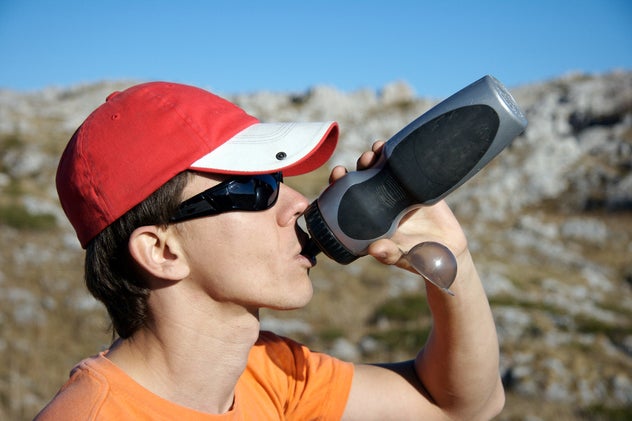
2. Take Cover
Tans are nice, but sun burns and skin cancer are not. A sport sunscreen with an SPF of 30 or higher is a must, but additional covering in the form of a hat, sunglasses and lightweight, longsleeve moisture-wicking t-shirt will best protect you from exposure to the sun. Look for sunglasses with a high UV protection rating and keep an eye out for apparel that has an SPF rating, which will serve as an extra layer of protection between the sun and your sunscreen-smeared skin.
RELATED: Find The Right Sunglasses For Your Face
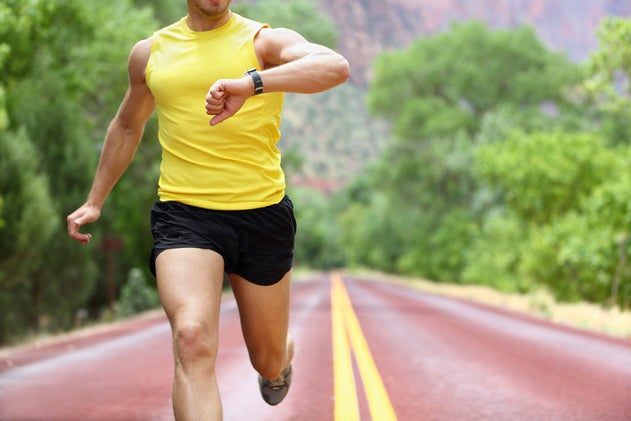
3. Ditch The Watch
When the temperature gets above 60 degrees, performance will start to suffer. Throw some humidity and strong sunshine into the mix and you have a potential recipe for disaster. Forget about hitting specific splits when the weather warms up; instead, focus on maintaining a certain effort level, even if it means running at a slower pace. If your normal training pace is 8-minutes-per-mile, dial it back to 8:30 pace. The training effect will be the same if the effort level is equivalent across the board. In races, the same principle applies. Go out conservatively, pay no mind to mile splits and focus on picking off people who didn’t respect the weather conditions.
RELATED: Why It’s Good To Give Your GPS A Day Off
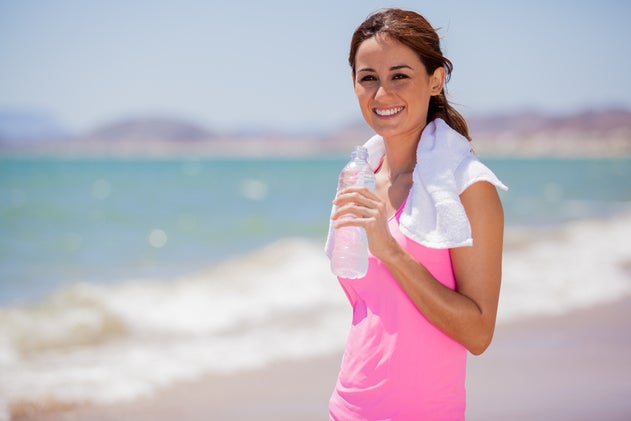
4. Hydrate
A sound hydration strategy isn’t as simple as sipping on water. When it feels like you’re running through a sponge on a summer day, it’s important to replace water loss, but also sodium, potassium and other important electrolytes. What’s the best way to do this? My colleague, Matt Fitzgerald, recommends sports drinks as the most effective way to hydrate on a hot day. He says that, “because a sports drink contains dissolved minerals and carbohydrates, it’s absorbed into the bloodstream more quickly than water, which has fewer or no dissolved particles.”
Have a stomach that’s sensitive to sugary sports drinks? Then try taking electrolyte tablets with your water to stave off cramping and supply your systems with all the minerals they need to work efficiently and effectively in hot weather. Furthermore, never go into a mid-summer run dehydrated, and be sure to drink before, during and after a run in the hot sun. Wearing a hydration belt, planting bottles along your route or planning your run to loop back past your house or car are easy and effective ways to keep your fluid levels, body temperature and energy levels in check.
RELATED – Water Wars: The Dehydration Debate
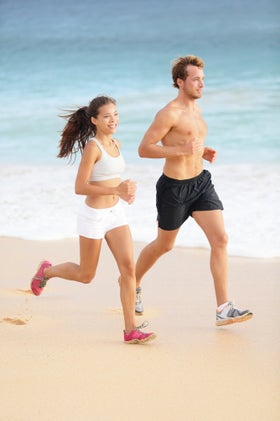
5. Don’t Keep To Yourself
Running can oftentimes be a very personal pursuit, but sharing a good run with others can be a rewarding and enjoyable experience, not to mention safer than running alone on a summer day. A running buddy can help you keep your speed down on a scorching day and also serve as a pleasant distraction when you start a run already soaked in sweat. If you’re short on training partners, however, or simply prefer to run by yourself, it’s good practice to at least let others know where you’ll be running. Phone a friend beforehand, or post your plans on your preferred social networking website, to let friends and family know where to look if they haven’t heard from you in a while.
RELATED: Group Effort Vs. Going Solo In Triathlon Training
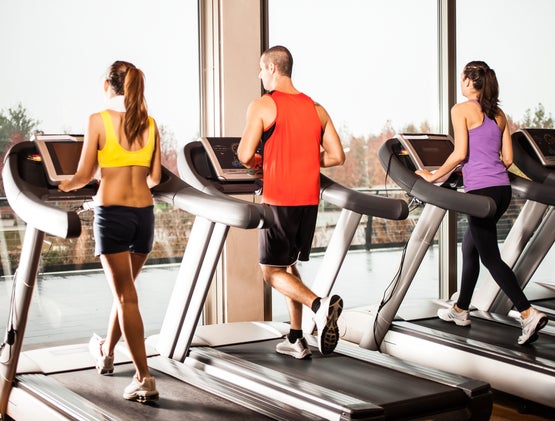
6. Embrace The Great Indoors
I’m usually not one to advocate running on a treadmill unless there’s ice on the ground, but when temps hit the triple digits, there’s nothing wrong with the occasional escape to air conditioning, either. Having the ability to control your conditions is obviously safer than baking under the hot summer sun, and it can also be an effective way to keep your confidence levels high when you’re hyperfocused on hitting specific splits.